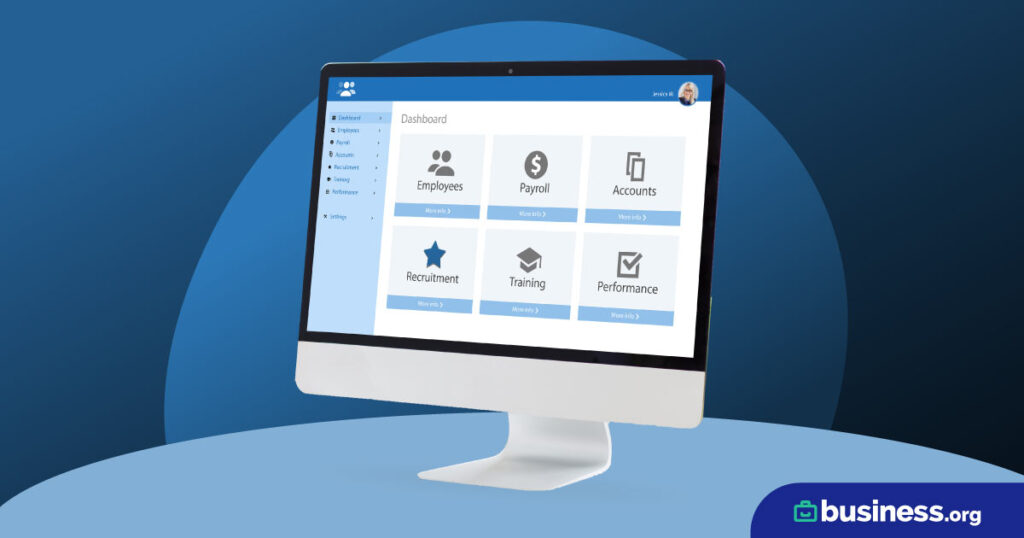We are committed to sharing unbiased reviews. Some of the links on our site are from our partners who compensate us. Read our editorial guidelines and advertising disclosure.
What Is Form 940?
One of the most time-consuming and confusing parts of being a small business owner is understanding, filing, and paying employee taxes.
There are so many quarterly and annual taxes for state and federal government requirements, and it’s essential that these are calculated accurately, paid on time, and all deductions or credits are applied.
The IRS requires Form 940 from business owners annually. This document calculates the federal tax that supports individuals who qualify for unemployment benefits, also known as the Federal Unemployment Tax Act (or FUTA).
In this article, we’ll walk you through the basics so that Form 940 is easier for you to navigate.
Table of contents
By signing up I agree to the Terms of Use and Privacy Policy.
What is Form 940?
As a small-business owner with plenty on your plate, you may be asking yourself, “What is Form 940?” In short, Form 940 is the form employers fill out to calculate the unemployment (FUTA tax) owed to the federal government. Any business owner with one or more employees will need to complete this form.
This money is then pooled to use to help support unemployed people at a federal level.
Calculating Form 940
In order to calculate the amount due on Form 940, employers use a Schedule A document. The first $7,000 paid to each employee during the year, besides any compensation considered exempt from FUTA, is taxable for unemployment tax purposes. This is what’s known as the FUTA wage base. Beyond that, wages are not taxed for FUTA.
The basic FUTA rate is 6% for that first $7,000, but employers can receive a credit for state unemployment taxes up to 5.4% (depending on the state). If an employer is not required to pay state taxes, then the full 6% rate is owed. Make sure to double-check your state’s eligibility, as saving 5.4% is nothing to sneeze at, especially if you have a large workforce.
Exempt fringe benefits
There are also fringe benefits and payments that are not considered wages and are exempt from the FUTA. These can include the value of food and lodging, contributions to accident or health insurance plans, group term life insurance, retirement/pension payments, dependent care, and other perks.
You are also exempt from FUTA if your spouse, parent, or child under the age of 21 works for you. And although FUTA is due for most workers, including part-time and temporary employees, it is not required for contractors.

- Outsource your bookkeeping. Merritt Bookkeeping's affordable outsourced bookkeeping saves business owners time and money.
- Opt for all-in-one business checking. Found is the perfect match for teams of one looking for smart tax tools.
- Get better accounting software. Quickbooks is our top pick for businesses looking for comprehensive features that simplify tax season.
Gathering info for Form 940
Because taxes can get pretty confusing with some pretty serious consequences, we recommend looking at using a tax filing service or an accountant. Here are our picks for the best tax software for small businesses.
If you choose to fill it out and file it for yourself, here’s the information a business or employer will need to complete Form 940:
- Taxable FUTA wages for each employee
- Taxable state unemployment wages (wage bases for state and federal taxes may differ)
- The experience rates assigned by the state(s) where wages were paid
- The amount of state unemployment taxes paid (both on time and late)
Deadlines and penalties
Form 940 and the FUTA owed are due on January 31 for the previous year. They can be e-filed or mailed in.
Even though it may be tempting to avoid dealing with Form 940, it can become a problem quickly. Failure to accurately pay FUTA taxes on time can result in late fees for your business.
The IRS charges 5% of the total due per month, up to 25%. Continuing to ignore or neglecting to pay this tax can lead to garnishments, levies, liens on property or equipment, and even the loss of your business. Unfortunately, these penalties, late fees, and interest do not go away until the forms are filed and payments are caught up.

Get your maximum refund for your small business with FreeTaxUSA.
The takeaway
Form 940 can be a lot of work — running through Schedule A, calculating the correct amount, filing the form, and making payments — but rest assured, you can do it (and you kind of have to). Keeping your Form 940s in good standing each year will keep Uncle Sam out of your hair and let you focus on what matters most with your business.
Would you like to learn more about filing business taxes . . . ? Read our Small Business Tax Guide.
Related reading
Form 940 FAQ
Form 940 is an annually required form for most small business owners that calculates the federal unemployment taxes the company owes. Any employer who has paid an employee more than $1,500 or who has hired an employee to work for more than 20 weeks within a calendar year is required to fill out an IRS Form 940. An accountant or tax professional could be helpful in navigating the required information as well as finding deductions, credits and other information.
If you are a small business owner who has one or more employees, then you are required to fill out the IRS Form 940 and pay the federal unemployment taxes calculated by this form. These taxes are due annually on January 31 for the previous year.
IRS Form 940 is a form that calculates the annual federal unemployment tax employers must pay for small-business employees of their company, so it’s not deducted from an employee’s paycheck. IRS Form 941 is a form that calculates how much employers pay in Medicare, Social Security, and federal income tax withholding on a quarterly basis. These taxes are deducted from an employee’s paycheck.
Disclaimer
At Business.org, our research is meant to offer general product and service recommendations. We don't guarantee that our suggestions will work best for each individual or business, so consider your unique needs when choosing products and services.



